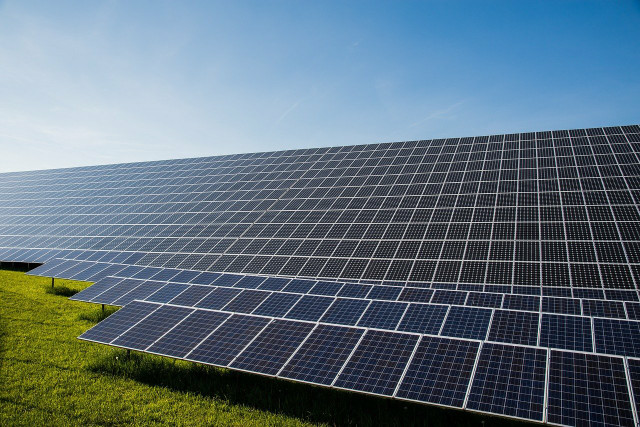Environmental engineers work to maintain the health of humans and the environment. Learn what environmental engineering is and how it impacts the environment.
Environmental engineering is a specialisation of engineering that focuses on developing environmentally sustainable water, land and air resources. Minimising environmental pollution and degradation are the main goals of environmental engineering. Environmental engineers focus on protecting the environment whilst finding solutions that are economically, socially and politically sustainable.
Environmental Engineering: A Short History
The field of environmental engineering first emerged in order to support human and environmental needs, whilst mitigating the impacts human activities have on the environment. Environmental engineering dates back to as early as 10,000 BC, when the first agrarian societies formed and larger towns and cities began to grow. Practices of environmental engineering modernised as populations increased and as there was an increasing need for waste disposal and water filtration systems.
Technologies develop over time, and environmental engineering today includes not just waste disposal and water systems, but also skills such as pollution clean-up and prevention, as well as renewable energy development. By designing, planning and implementing measures to prevent and control environmental hazards, engineers improve human-environment interaction.
How Does It Impact the Environment?

(Foto: CC0 / Pixabay / blickpixel)
Environmental engineers have a huge impact on our everyday lives as they work to keep us safe from pollutants and contamination. They help us have access to safe drinking water, reduce water, air and soil pollution, and create proper waste disposal. A few examples:
- Joseph Bazalgette is the first recognised environmental engineer. In the mid 19th century during the cholera epidemic, he headed the construction of Londons first sewage network. Before this, there was no proper sewage system, and sewage was simply emptied onto streets and into rivers. The ‘great stink’ of 1858, occurred when hot weather exposed the build up of sewage in Londons rivers, and water-borne diseases such as cholera and typhoid fever spread quickly across the city.
- Environmental engineers also advocated for the Cross-State Air Pollution Rule, to address air pollution and lower emissions.
- They use advanced technology such as geographical information systems (GIS) in order to analyse data from soil or water. Through collecting data, they are able to recommend treatment techniques and methods in order to provide clean water.
- An example of how environmental engineers have helped to reduce water pollution and promote clean oceans is the design of the Seabin by Australian engineers. The Seabin is a floating bin that sucks in ocean water and collects any debris, such as plastic or unused fishing materials. It can also collect a small percentage of oil and pollutants floating in the water.
- Environmental engineers also work to prevent the release of harmful chemicals and biological contaminants. For example, the Force Crag mine water treatment system in the UK was designed by engineers with the purpose of removing pollutant metals from mine drainage. Learn more about why acid mine drainage is such a big environmental issue.
- Another way that environmental engineers look after the environment is they work to detect the presence of pollutants and hazardous waste. This protects human and ecological health from potentially dangerous substances. An example of this is the Hazardous Waste Manifest System in the U.S. The system was designed to monitor hazardous waste from its site of production to the off-site waste management facility where it will be stored or disposed of, in order to prevent it from leaking and causing pollution.
What Specialisations Are There?



(Foto: CC0 / Pixabay / borevina)
Environmental engineering is a discipline of civil engineering. There are many different areas of specialisations of environmental engineering, that you could focus on depending on your specific interests.
These include:
- Coastal engineering: focus on reclaiming land from the sea and protecting shorelines.
- Ocean Engineering: focus on engineering boats, ships, submarines and other marine vessels.
- Water Resources Engineering: focus on supplying water for human use and developing methods to avoid the excess use of water.
- Solid Waste Engineering: focus on waste disposal including sewage as well as other sources such as plastic waste and marine litter.
- Ecological Engineering: focus on designing sustainable ecosystems that benefit both human society and the natural environment.
You can study environmental engineering at colleges around the U.S., and the degree is becoming increasingly popular and more in demand. According to the US News Ranking, some of the best environmental engineering programs in the U.S. include:
- Massachusetts Institute of Technology
- Stanford University
- University of Toledo
- Northwestern University
- University of Southern California
Read more:
- Black Plastics: Why Are They So Bad for the Environment?
- Take Action: 15 Everyday Ways to Combat Climate Change
- What Causes Floods & How Does Climate Change Contribute?
Do you like this post?







